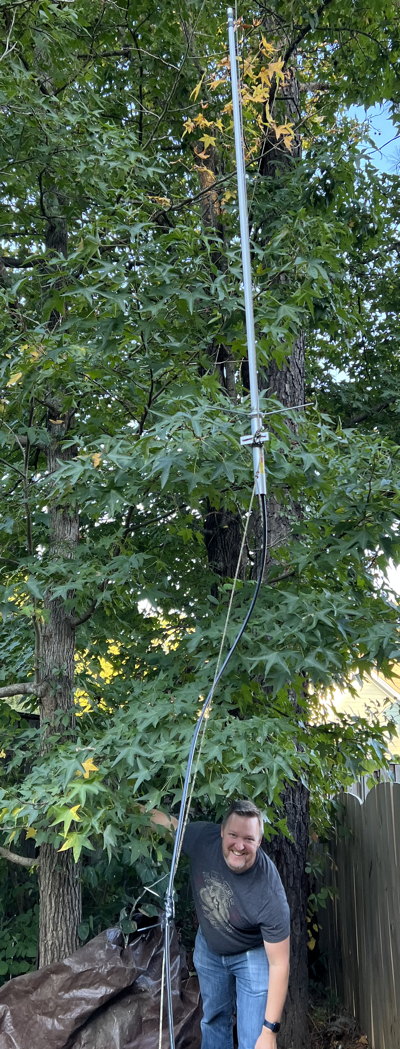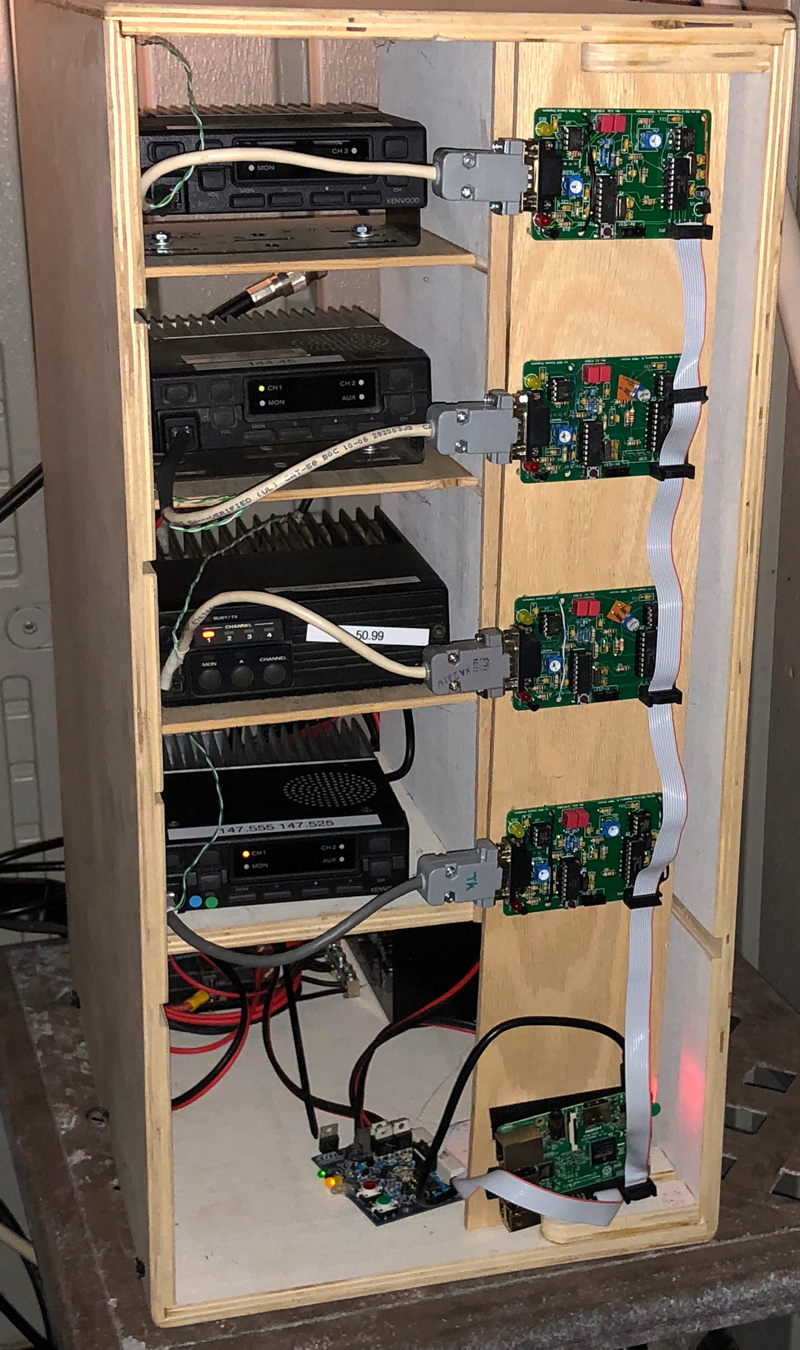TARPN Hardware projects
Protocols and Modulation
This page was created in 2014 to deliver technical assistance and news
related to terrestrial VHF/UHF Amateur Radio packet networks.
It is maintained by KA2DEW.
Contact me via my QRZ.com email address.
TARPN is not a local organization.
We're hoping to help multiple groups build their own over-the-air social media systems using TARPN technology.
See the Network page.
An ever expanding group of Amateur Radio operators are working together to use many VHF/UHF radios to link multiple
ham radio stations in a digital network for the purpose of having fun in a fun, educational, hobbyist-controlled environment, built using ham radio infrastructure based on packet radio technology.
No Internet traffic is required or even desired!
Our goals are to enable the construction of TARPNs and to enhance the art for
- lowest cost per performance
- able to be built by the widest spectrum of hams
- to be as engaging as possible an operating experience
- to enable creative enhancement of the art by as many of the participants as possible
- and to build and expand new and existing TARPNs.
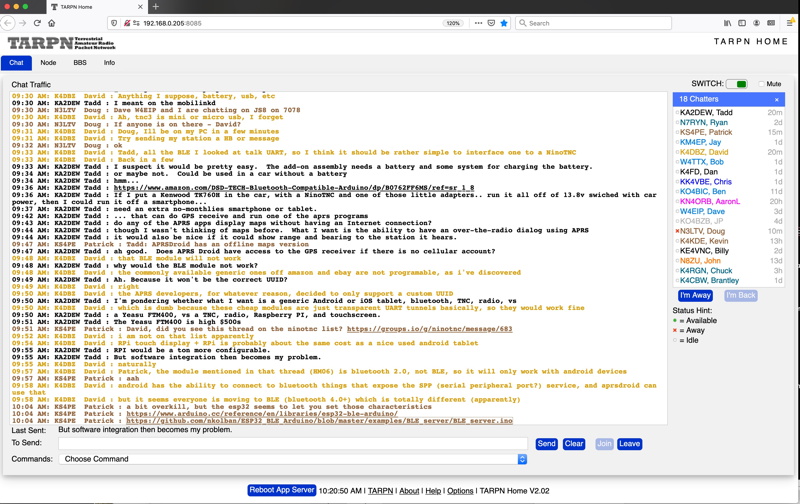
|


- linked entirely over hobbyist-controlled radio equipment
- to establish camaraderie
- inspire the curious
- attract and retain new hams including younger hams
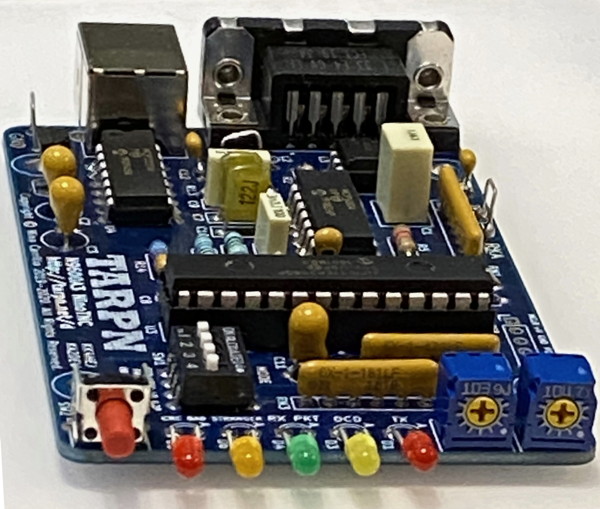
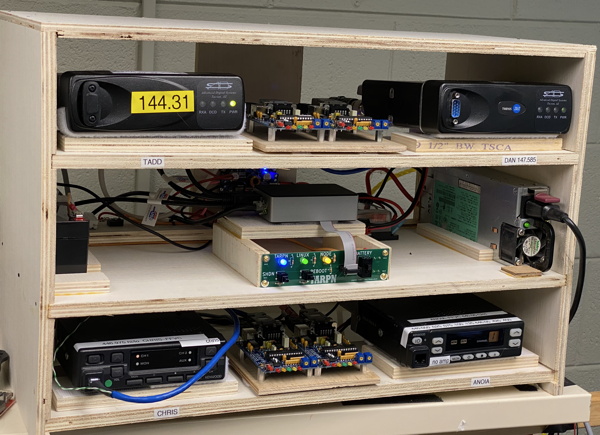
|
The TARPN group, about 560 hams as of May 2023, has created an easy to follow recipe for the construction of a network switch, to be part of a new kind of ham radio VHF/UHF network.
There are a few different packet networking schemes for ham radio.
This one is new and, for the most part, so far, gets built from scratch as a TARPN.
It doesn't merge into existing networks and stations, mostly because of different requirements in performance under saturation, but also because we believe that maintaining separation from the Internet enhances the desirability [by hams] of the project.
This particular system is designed to be built by regular hams, and operated out of our hamshacks.
Everybody gets hands-on experience in network construction, debugging, and management while being responsible for a portion of a network used by other hams.
There is no class structure of builders and users.
The TARPN project is inclusive.
The cost of admission is a hamshack whose antenna can be made to be within simplex range of another participant and a
meager amount of expenses for digital hardware and radios.
If you are close enough for simplex, you can certainly get a demo without any costs!
If you are not close enough for simplex, the instructions and existing network builders can help you get your own network started.
Click on the network, builder and faq links to learn more.
TARPN nodes are comfortable in people's homes using home brew installation, instead of requiring high cost, high performance, high security, commercial locations.
A TARPN network is not sophisticated and is not meant to be competitive with high end systems.
The point is to be a manageable technology which supports basic ham radio techniques and capabilities.
Any ham I have ever met could wrap their heads around the technology and components used by TARPN and many would see it as an excellent training tool to learn and teach how networks work or just to mess around with digital hardware on Amateur Radio.
This system easily co-resides in a community with APRS, Broadband Hamnet, and WinLink.
APRS and WinLink have goals which are not compatible with this kind of networking, but are also not hindered by the existence of a TARPN network in the same region.
TARPN networks, like Broadband Hamnet, support long distance communications and comfortable, reliable, rag chewing including group chats.
Broadband Hamnet is in many ways better and can be consistant with the TARPN plan.
TARPN's advantage is that it can be operated in what would be a very forbidding set of locations for the microwave links used in Broadband Hamnet and can be put together by brand new hams to integrate with an existing TARPN network, or even to build a new stand-alone network, possibly for a dedicated purpose.
TARPNs are built with Raspberry PI computers, TNCs of various types, and VHF/UHF FM radios.
The stations are connected using dedicated point to point links.
That is, every station to station connection uses a pair of radios on an isolated frequency.
Dedicated point to point links give us advantages for performance, and scale‐ability.
See
FAQ: Networking On Purpose.
The hardware and software used to build a standard-model TARPN node is ever changing though we strive to maintain support and compatability with existing station hardware.
Each time a new ham joins our project, that ham increases the capability of that group.
Each ham brings experience, knowhow, initiative, determination, tools, and desires to the project. Each ham adds to the creativity, enjoyment and usually the capabilities of the group.
Much of what we're calling a TARPN node, now, was not known or was not even slightly practical when we started.
Some of the new capability is created by and for TARPN users.
Some of it has always been out there and our TARPN group members bring it to the attention of our community.
Stay tuned.
The more participants and the more network building we do, the more attractive it is to design custom solutions for our participants.
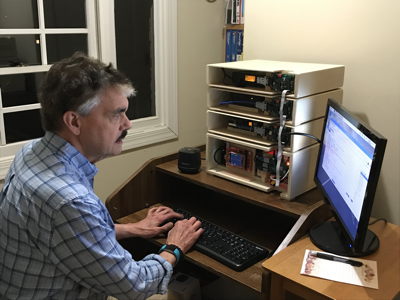
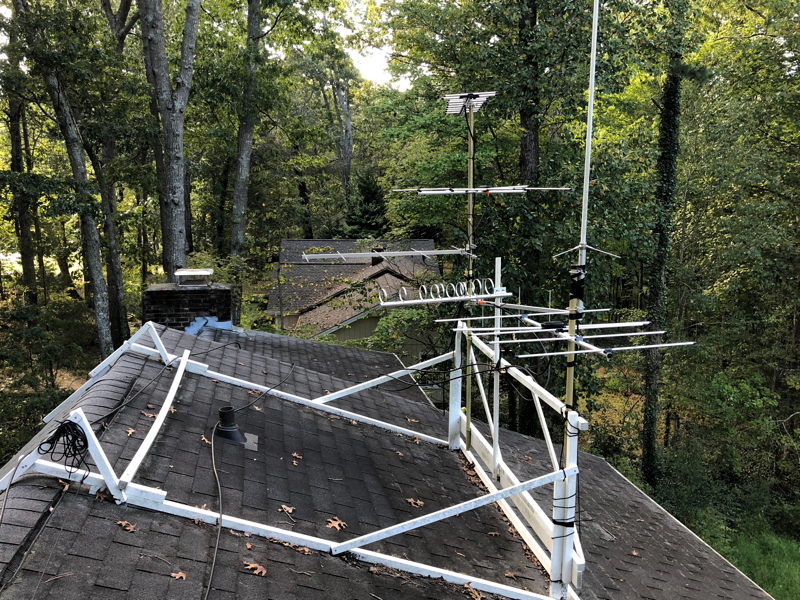

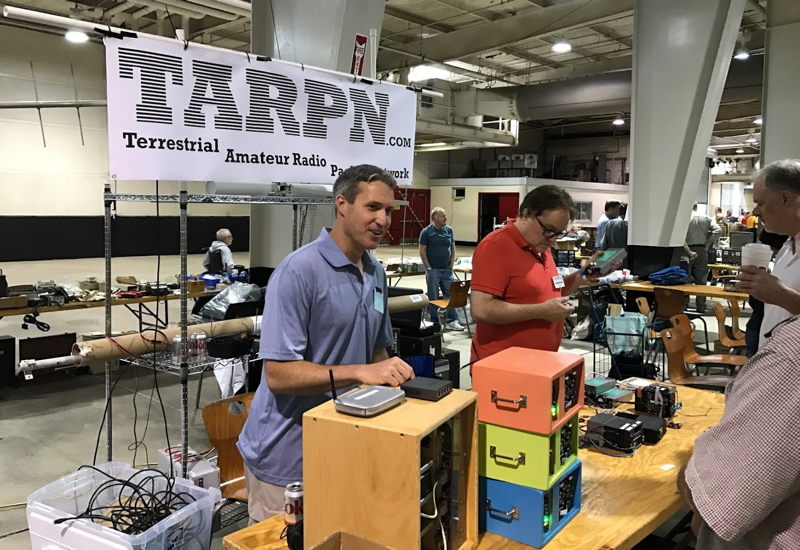
Last edited: May, 2023
Terrestrial Amateur Radio Packet Network, packet radio networking, ham radio packet, ninotnc, il2p, g3ruh, KISS TNC, Hillsborough, Raleigh, Wake, Orange County, Chapel Hill, Durham, Wendel, Apex.






